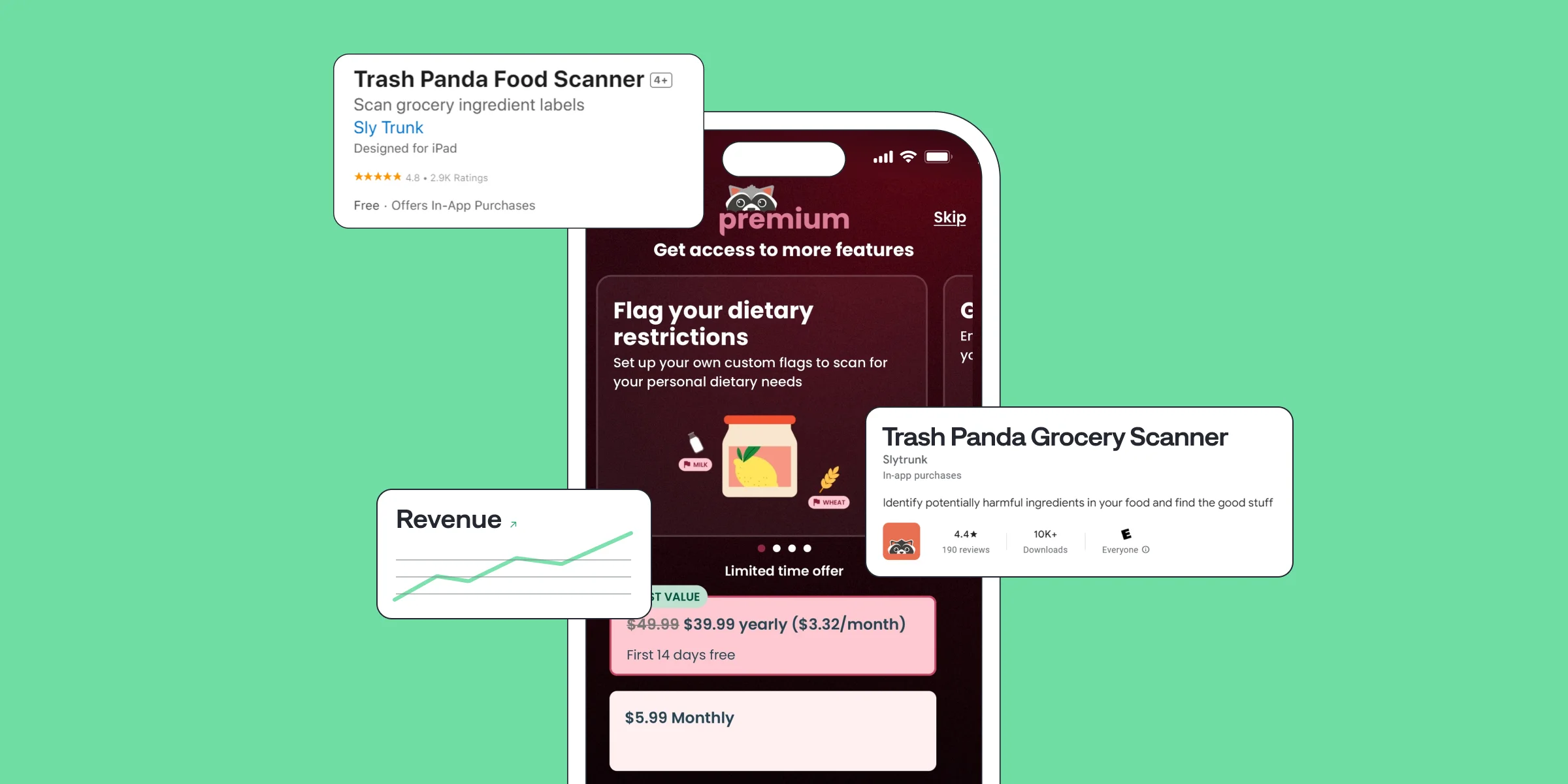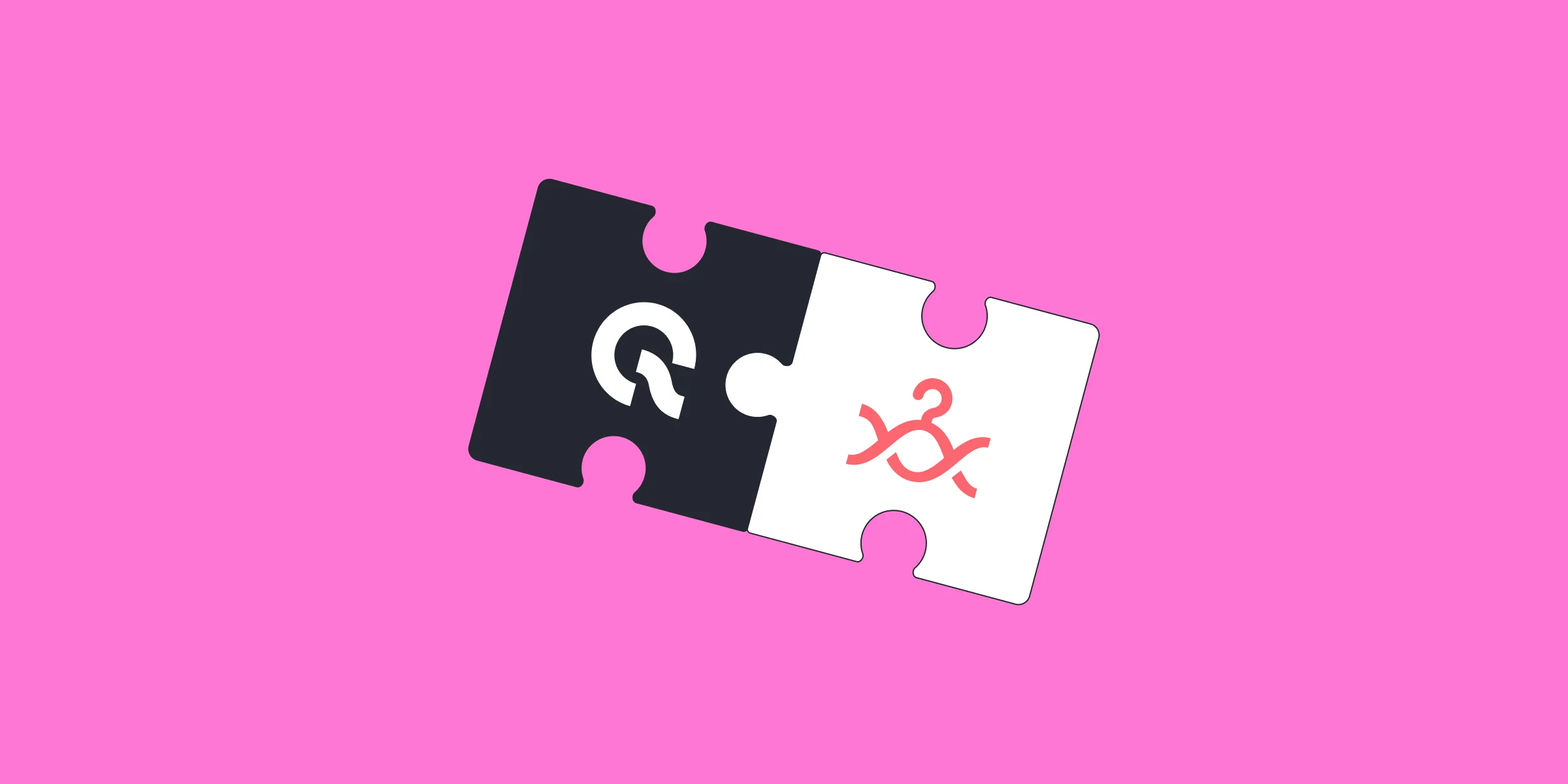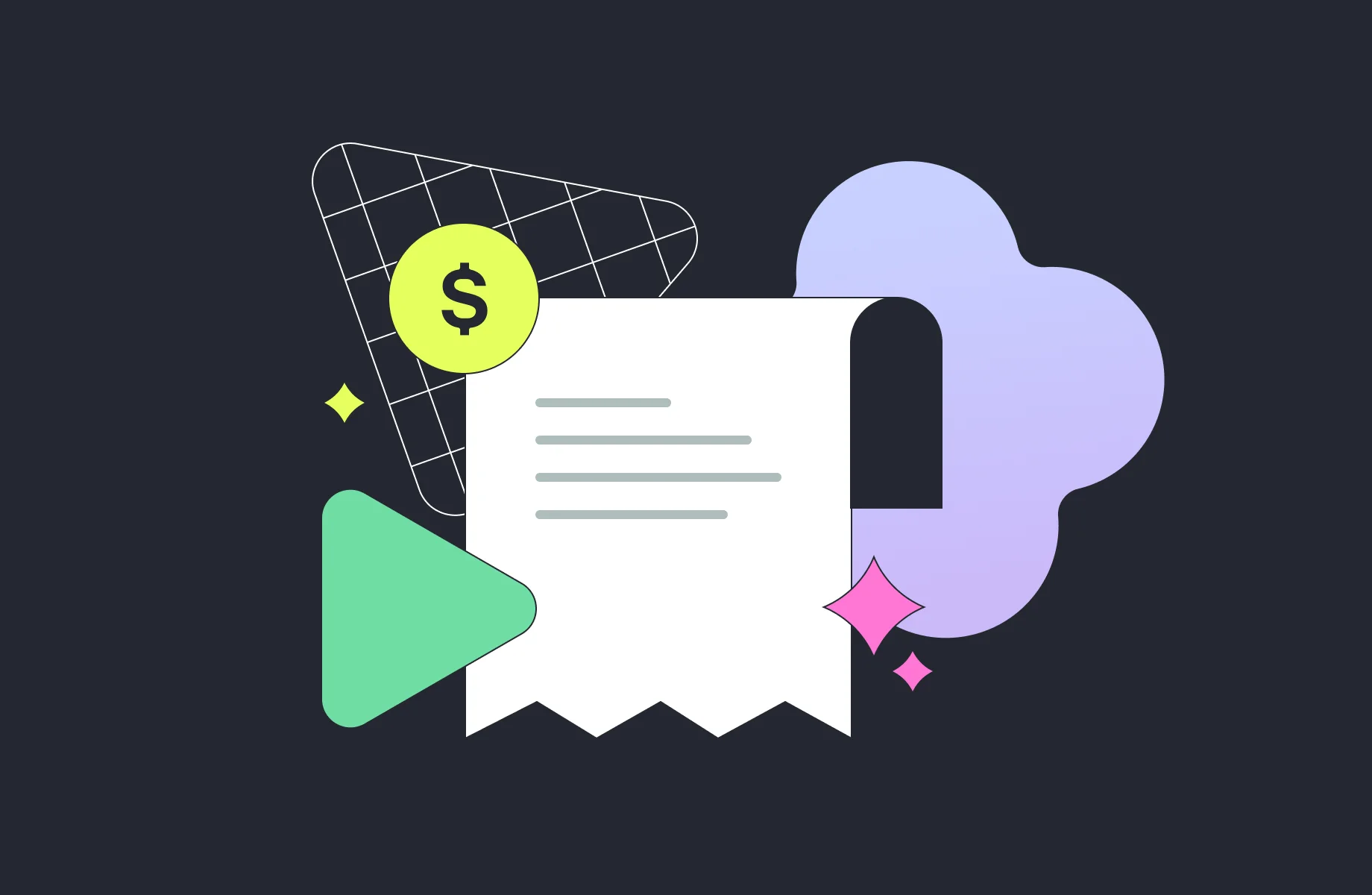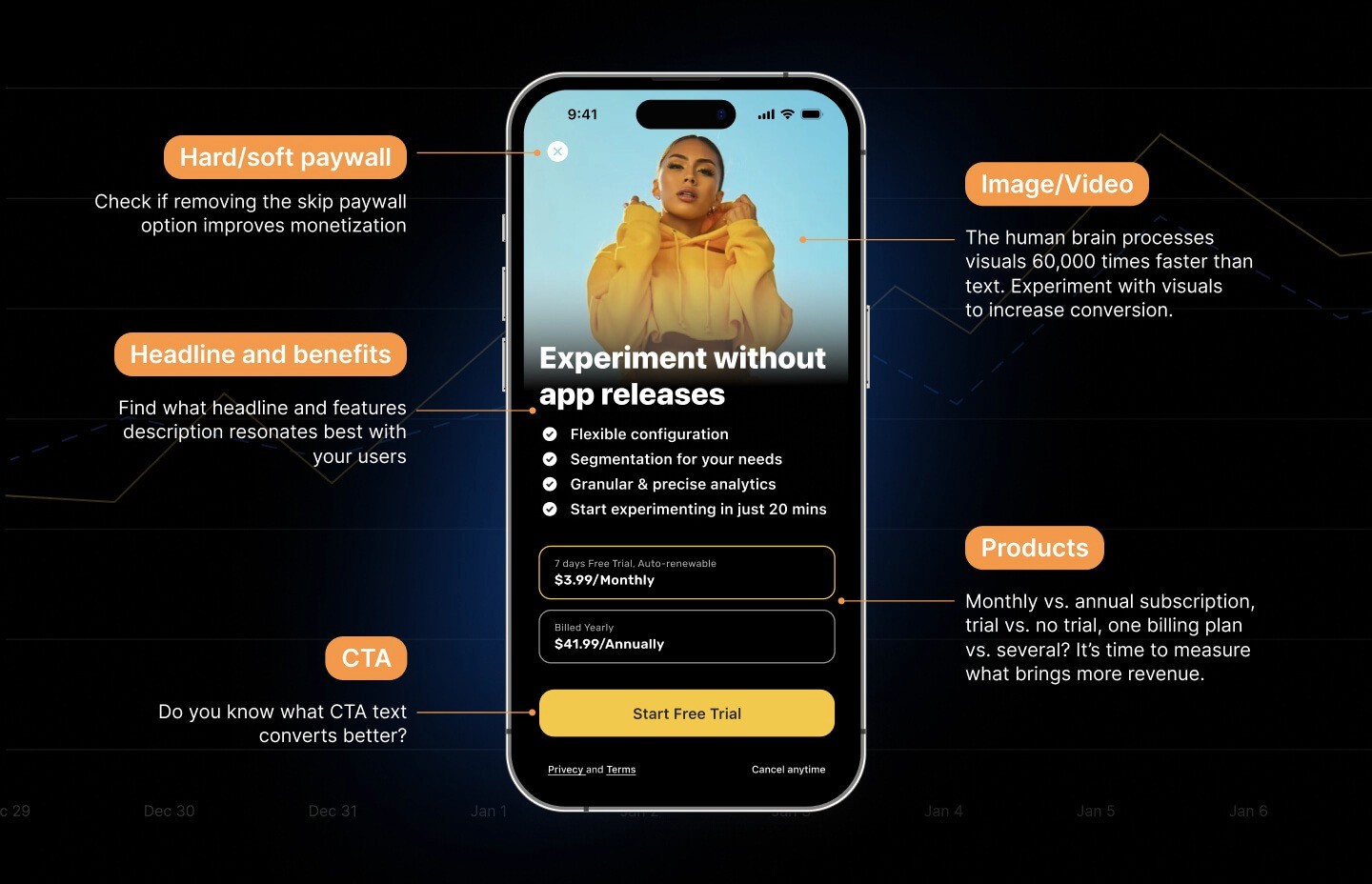How to Pass an App Store Review. Practical Recommendations for Subscription App Owners

Kate
Jul 14, 2021
As anyone from the mobile app business will tell you – Apple’s App Store review process isn’t the easiest to pass. In fact, in 2020, the company rejected almost 1 million apps that were submitted for iOS.
Apple prides itself on the extensive guidelines that every developer has to adhere to. The company claims that such requirements are necessary to prevent scams, malware, and poor user experiences. As a result, mobile app creators are often faced with confusing rejections and forced to resubmit their applications several times before getting the coveted approval.
Subscription app owners, in particular, tend to face unique issues related to their chosen monetization model. Naturally, the “how to pass an App Store review” question and various rejection reasons are often discussed on developer blogs.
Hence, we decided it was time to dive into the subject and share some of the most common App Store rejection reasons and some tips and tricks on how you can increase the chances of having your iOS application approved. We will talk about difficulties that any developer may face and focus on those that are unique to applications with in-app purchases.
Let’s get started!

App Store Review Guidelines 2021
7 Common App Store Rejection Reasons
Now that we’ve covered the App Store’s general guidelines, it’s time to take a look at some of the most common rejection reasons that developers might encounter. It’s not an extensive list, but in our experience, these issues are the most frequent.
App Completeness
According to section 2.1 of App Store’s review guidelines — App Completeness is a must upon submission. So, you’ve to make sure you’ve tested your app thoroughly and fixed any bugs that may be present.


Are you submitting the final version of your app? Is all the necessary metadata present? Are the URLs fully functional? Has your app been tested on-device for bugs and stability? These are all the questions you’ve got to ask yourself before submitting. Otherwise, your app is most likely going to be rejected.
Misleading Users
Another common rejection reason is misleading users and providing information that may give them a wrong impression. In short, your app has to perform precisely the way you claim it will. If it promises certain features but in reality doesn’t have them — there will be a problem.


With subscription apps, a typical issue may arise because of pricing. Just a quick reminder, that choosing the right price for subscriptions and in-app purchases is essential for your business, but today we are covering the other issue.
For instance, as illustrated in the above example, you may have been unclear that following a trial, you will charge the customer for the next subscription period. Sure, it might be intuitive to you, but Apple considers a lack of clarity about auto-renewables as grounds for rejection. So, make sure all the information you provide is crystal clear and isn’t misleading users.
Placeholder Content
Placeholder content refers to all images and texts that you have within your app. Sometimes, you might use placeholder content during development, but every last bit of it has to be removed and finalized before submitting your app for review.
If your application is still a work-in-progress and contains placeholder content — it can’t be distributed and won’t be approved.
Privacy Policy Non-Compliance
Privacy policy compliance is of utmost importance to Apple. The company requires that developers:
Place a privacy policy statement in the App Store Connect metadata
Acquire user consent for data collection
Only request access to data that’s relevant to app functionality
Provide an account deletion function if the app supports account creation
These are just a few main points to keep in mind if you want to avoid getting an App Store rejection.
Ignoring Schedule 2, Section 3.8(b) of Apple’s Agreement
Before submitting your app for review, it’s essential to enter all the necessary information in the App Store Connect. Do some features require a sign-in? Then you have to provide valid demo account details. Is your contact information complete and up-to-date? It has to be if you don’t want to face rejection.
Moreover, if you are in the subscription business, you must ensure that you provide enough relevant information regarding the conditions of your auto-renewals.


According to Schedule 2, Section 3.8(b) of Apple’s Paid Applications Agreement, you have to disclose the name of your auto-renewing subscription, its length, and the corresponding price. As you can imagine, if your app lacks this information upon submission — you’ll likely have a rejection.
Receipt Verification Issues
iOS developers who monetize their apps through in-app purchases and subscriptions are familiar with the process of App Store receipt validation. It involves decrypting the receipt, which can often be an arduous process.
As you may have guessed, receipt verification issues can also cause your app to be rejected.


You don’t have to deal with the validation process alone. There are helpful tools that provide full in-app purchases and subscriptions infrastructure and help you avoid time-consuming receipts management. With Qonversion you may test your in-app purchases and subscriptions via Sandbox. If something goes wrong, you will see the alert. It is better to double-check the serviceability of purchase validation than getting rejected.
Wrong Choice of In-App Purchase System
Finally, we’ve reached the last common App Store rejection reason that we’ll cover today. This one also concerns mobile app creators who offer in-app purchases and subscriptions.


The only way to charge users for unlocking additional functions or downloading digital content is by going through Apple’s in-app purchase system. Essentially, it’s Apple’s own exclusive marketplace where the company charges developers a commission for every transaction.
According to section 3.1.1. of the App Store Review Guidelines — you can’t use your own payment mechanism to unlock content or certain functions. If you do, be ready for rejection.
What To Do If Your Subscription App Was Rejected?
Considering how often questions about App Store rejection show up in developer forums there’s a high likelihood that you might face a refusal at the beginning of your journey. However, there’s no need to panic.
First, make sure you familiarize yourself with Apple’s response. Did they mention which guideline you didn’t adhere to? Did they give any recommendations? If it’s hard to interpret where exactly the problem lies — consider turning to developer forums and online discussions. Often, the community there can be conducive.
Also, don’t forget that you have the right to appeal Apple’s decision and resubmit your app after the problems have been fixed. Of course, make sure that you’ve reworked the areas that got you rejected in the first place.
Getting started with subscription-based apps can seem like an enormous undertaking, but it doesn’t have to be if you enlist the help of professionals. At Qonversion, we focus on easing the life of mobile app developers and marketers by providing analytics, infrastructure, A/B Testing and morw tools.
So, don’t hesitate to reach out if you need help on your subscription mobile app journey or have any questions about our products!
How to Pass an App Store Review. Practical Recommendations for Subscription App Owners

Kate
Jul 14, 2021
As anyone from the mobile app business will tell you – Apple’s App Store review process isn’t the easiest to pass. In fact, in 2020, the company rejected almost 1 million apps that were submitted for iOS.
Apple prides itself on the extensive guidelines that every developer has to adhere to. The company claims that such requirements are necessary to prevent scams, malware, and poor user experiences. As a result, mobile app creators are often faced with confusing rejections and forced to resubmit their applications several times before getting the coveted approval.
Subscription app owners, in particular, tend to face unique issues related to their chosen monetization model. Naturally, the “how to pass an App Store review” question and various rejection reasons are often discussed on developer blogs.
Hence, we decided it was time to dive into the subject and share some of the most common App Store rejection reasons and some tips and tricks on how you can increase the chances of having your iOS application approved. We will talk about difficulties that any developer may face and focus on those that are unique to applications with in-app purchases.
Let’s get started!

App Store Review Guidelines 2021
7 Common App Store Rejection Reasons
Now that we’ve covered the App Store’s general guidelines, it’s time to take a look at some of the most common rejection reasons that developers might encounter. It’s not an extensive list, but in our experience, these issues are the most frequent.
App Completeness
According to section 2.1 of App Store’s review guidelines — App Completeness is a must upon submission. So, you’ve to make sure you’ve tested your app thoroughly and fixed any bugs that may be present.


Are you submitting the final version of your app? Is all the necessary metadata present? Are the URLs fully functional? Has your app been tested on-device for bugs and stability? These are all the questions you’ve got to ask yourself before submitting. Otherwise, your app is most likely going to be rejected.
Misleading Users
Another common rejection reason is misleading users and providing information that may give them a wrong impression. In short, your app has to perform precisely the way you claim it will. If it promises certain features but in reality doesn’t have them — there will be a problem.


With subscription apps, a typical issue may arise because of pricing. Just a quick reminder, that choosing the right price for subscriptions and in-app purchases is essential for your business, but today we are covering the other issue.
For instance, as illustrated in the above example, you may have been unclear that following a trial, you will charge the customer for the next subscription period. Sure, it might be intuitive to you, but Apple considers a lack of clarity about auto-renewables as grounds for rejection. So, make sure all the information you provide is crystal clear and isn’t misleading users.
Placeholder Content
Placeholder content refers to all images and texts that you have within your app. Sometimes, you might use placeholder content during development, but every last bit of it has to be removed and finalized before submitting your app for review.
If your application is still a work-in-progress and contains placeholder content — it can’t be distributed and won’t be approved.
Privacy Policy Non-Compliance
Privacy policy compliance is of utmost importance to Apple. The company requires that developers:
Place a privacy policy statement in the App Store Connect metadata
Acquire user consent for data collection
Only request access to data that’s relevant to app functionality
Provide an account deletion function if the app supports account creation
These are just a few main points to keep in mind if you want to avoid getting an App Store rejection.
Ignoring Schedule 2, Section 3.8(b) of Apple’s Agreement
Before submitting your app for review, it’s essential to enter all the necessary information in the App Store Connect. Do some features require a sign-in? Then you have to provide valid demo account details. Is your contact information complete and up-to-date? It has to be if you don’t want to face rejection.
Moreover, if you are in the subscription business, you must ensure that you provide enough relevant information regarding the conditions of your auto-renewals.


According to Schedule 2, Section 3.8(b) of Apple’s Paid Applications Agreement, you have to disclose the name of your auto-renewing subscription, its length, and the corresponding price. As you can imagine, if your app lacks this information upon submission — you’ll likely have a rejection.
Receipt Verification Issues
iOS developers who monetize their apps through in-app purchases and subscriptions are familiar with the process of App Store receipt validation. It involves decrypting the receipt, which can often be an arduous process.
As you may have guessed, receipt verification issues can also cause your app to be rejected.


You don’t have to deal with the validation process alone. There are helpful tools that provide full in-app purchases and subscriptions infrastructure and help you avoid time-consuming receipts management. With Qonversion you may test your in-app purchases and subscriptions via Sandbox. If something goes wrong, you will see the alert. It is better to double-check the serviceability of purchase validation than getting rejected.
Wrong Choice of In-App Purchase System
Finally, we’ve reached the last common App Store rejection reason that we’ll cover today. This one also concerns mobile app creators who offer in-app purchases and subscriptions.


The only way to charge users for unlocking additional functions or downloading digital content is by going through Apple’s in-app purchase system. Essentially, it’s Apple’s own exclusive marketplace where the company charges developers a commission for every transaction.
According to section 3.1.1. of the App Store Review Guidelines — you can’t use your own payment mechanism to unlock content or certain functions. If you do, be ready for rejection.
What To Do If Your Subscription App Was Rejected?
Considering how often questions about App Store rejection show up in developer forums there’s a high likelihood that you might face a refusal at the beginning of your journey. However, there’s no need to panic.
First, make sure you familiarize yourself with Apple’s response. Did they mention which guideline you didn’t adhere to? Did they give any recommendations? If it’s hard to interpret where exactly the problem lies — consider turning to developer forums and online discussions. Often, the community there can be conducive.
Also, don’t forget that you have the right to appeal Apple’s decision and resubmit your app after the problems have been fixed. Of course, make sure that you’ve reworked the areas that got you rejected in the first place.
Getting started with subscription-based apps can seem like an enormous undertaking, but it doesn’t have to be if you enlist the help of professionals. At Qonversion, we focus on easing the life of mobile app developers and marketers by providing analytics, infrastructure, A/B Testing and morw tools.
So, don’t hesitate to reach out if you need help on your subscription mobile app journey or have any questions about our products!
How to Pass an App Store Review. Practical Recommendations for Subscription App Owners

Kate
Jul 14, 2021
As anyone from the mobile app business will tell you – Apple’s App Store review process isn’t the easiest to pass. In fact, in 2020, the company rejected almost 1 million apps that were submitted for iOS.
Apple prides itself on the extensive guidelines that every developer has to adhere to. The company claims that such requirements are necessary to prevent scams, malware, and poor user experiences. As a result, mobile app creators are often faced with confusing rejections and forced to resubmit their applications several times before getting the coveted approval.
Subscription app owners, in particular, tend to face unique issues related to their chosen monetization model. Naturally, the “how to pass an App Store review” question and various rejection reasons are often discussed on developer blogs.
Hence, we decided it was time to dive into the subject and share some of the most common App Store rejection reasons and some tips and tricks on how you can increase the chances of having your iOS application approved. We will talk about difficulties that any developer may face and focus on those that are unique to applications with in-app purchases.
Let’s get started!

App Store Review Guidelines 2021
7 Common App Store Rejection Reasons
Now that we’ve covered the App Store’s general guidelines, it’s time to take a look at some of the most common rejection reasons that developers might encounter. It’s not an extensive list, but in our experience, these issues are the most frequent.
App Completeness
According to section 2.1 of App Store’s review guidelines — App Completeness is a must upon submission. So, you’ve to make sure you’ve tested your app thoroughly and fixed any bugs that may be present.


Are you submitting the final version of your app? Is all the necessary metadata present? Are the URLs fully functional? Has your app been tested on-device for bugs and stability? These are all the questions you’ve got to ask yourself before submitting. Otherwise, your app is most likely going to be rejected.
Misleading Users
Another common rejection reason is misleading users and providing information that may give them a wrong impression. In short, your app has to perform precisely the way you claim it will. If it promises certain features but in reality doesn’t have them — there will be a problem.


With subscription apps, a typical issue may arise because of pricing. Just a quick reminder, that choosing the right price for subscriptions and in-app purchases is essential for your business, but today we are covering the other issue.
For instance, as illustrated in the above example, you may have been unclear that following a trial, you will charge the customer for the next subscription period. Sure, it might be intuitive to you, but Apple considers a lack of clarity about auto-renewables as grounds for rejection. So, make sure all the information you provide is crystal clear and isn’t misleading users.
Placeholder Content
Placeholder content refers to all images and texts that you have within your app. Sometimes, you might use placeholder content during development, but every last bit of it has to be removed and finalized before submitting your app for review.
If your application is still a work-in-progress and contains placeholder content — it can’t be distributed and won’t be approved.
Privacy Policy Non-Compliance
Privacy policy compliance is of utmost importance to Apple. The company requires that developers:
Place a privacy policy statement in the App Store Connect metadata
Acquire user consent for data collection
Only request access to data that’s relevant to app functionality
Provide an account deletion function if the app supports account creation
These are just a few main points to keep in mind if you want to avoid getting an App Store rejection.
Ignoring Schedule 2, Section 3.8(b) of Apple’s Agreement
Before submitting your app for review, it’s essential to enter all the necessary information in the App Store Connect. Do some features require a sign-in? Then you have to provide valid demo account details. Is your contact information complete and up-to-date? It has to be if you don’t want to face rejection.
Moreover, if you are in the subscription business, you must ensure that you provide enough relevant information regarding the conditions of your auto-renewals.


According to Schedule 2, Section 3.8(b) of Apple’s Paid Applications Agreement, you have to disclose the name of your auto-renewing subscription, its length, and the corresponding price. As you can imagine, if your app lacks this information upon submission — you’ll likely have a rejection.
Receipt Verification Issues
iOS developers who monetize their apps through in-app purchases and subscriptions are familiar with the process of App Store receipt validation. It involves decrypting the receipt, which can often be an arduous process.
As you may have guessed, receipt verification issues can also cause your app to be rejected.


You don’t have to deal with the validation process alone. There are helpful tools that provide full in-app purchases and subscriptions infrastructure and help you avoid time-consuming receipts management. With Qonversion you may test your in-app purchases and subscriptions via Sandbox. If something goes wrong, you will see the alert. It is better to double-check the serviceability of purchase validation than getting rejected.
Wrong Choice of In-App Purchase System
Finally, we’ve reached the last common App Store rejection reason that we’ll cover today. This one also concerns mobile app creators who offer in-app purchases and subscriptions.


The only way to charge users for unlocking additional functions or downloading digital content is by going through Apple’s in-app purchase system. Essentially, it’s Apple’s own exclusive marketplace where the company charges developers a commission for every transaction.
According to section 3.1.1. of the App Store Review Guidelines — you can’t use your own payment mechanism to unlock content or certain functions. If you do, be ready for rejection.
What To Do If Your Subscription App Was Rejected?
Considering how often questions about App Store rejection show up in developer forums there’s a high likelihood that you might face a refusal at the beginning of your journey. However, there’s no need to panic.
First, make sure you familiarize yourself with Apple’s response. Did they mention which guideline you didn’t adhere to? Did they give any recommendations? If it’s hard to interpret where exactly the problem lies — consider turning to developer forums and online discussions. Often, the community there can be conducive.
Also, don’t forget that you have the right to appeal Apple’s decision and resubmit your app after the problems have been fixed. Of course, make sure that you’ve reworked the areas that got you rejected in the first place.
Getting started with subscription-based apps can seem like an enormous undertaking, but it doesn’t have to be if you enlist the help of professionals. At Qonversion, we focus on easing the life of mobile app developers and marketers by providing analytics, infrastructure, A/B Testing and morw tools.
So, don’t hesitate to reach out if you need help on your subscription mobile app journey or have any questions about our products!
How to Pass an App Store Review. Practical Recommendations for Subscription App Owners

Kate
Jul 14, 2021
As anyone from the mobile app business will tell you – Apple’s App Store review process isn’t the easiest to pass. In fact, in 2020, the company rejected almost 1 million apps that were submitted for iOS.
Apple prides itself on the extensive guidelines that every developer has to adhere to. The company claims that such requirements are necessary to prevent scams, malware, and poor user experiences. As a result, mobile app creators are often faced with confusing rejections and forced to resubmit their applications several times before getting the coveted approval.
Subscription app owners, in particular, tend to face unique issues related to their chosen monetization model. Naturally, the “how to pass an App Store review” question and various rejection reasons are often discussed on developer blogs.
Hence, we decided it was time to dive into the subject and share some of the most common App Store rejection reasons and some tips and tricks on how you can increase the chances of having your iOS application approved. We will talk about difficulties that any developer may face and focus on those that are unique to applications with in-app purchases.
Let’s get started!

App Store Review Guidelines 2021
7 Common App Store Rejection Reasons
Now that we’ve covered the App Store’s general guidelines, it’s time to take a look at some of the most common rejection reasons that developers might encounter. It’s not an extensive list, but in our experience, these issues are the most frequent.
App Completeness
According to section 2.1 of App Store’s review guidelines — App Completeness is a must upon submission. So, you’ve to make sure you’ve tested your app thoroughly and fixed any bugs that may be present.


Are you submitting the final version of your app? Is all the necessary metadata present? Are the URLs fully functional? Has your app been tested on-device for bugs and stability? These are all the questions you’ve got to ask yourself before submitting. Otherwise, your app is most likely going to be rejected.
Misleading Users
Another common rejection reason is misleading users and providing information that may give them a wrong impression. In short, your app has to perform precisely the way you claim it will. If it promises certain features but in reality doesn’t have them — there will be a problem.


With subscription apps, a typical issue may arise because of pricing. Just a quick reminder, that choosing the right price for subscriptions and in-app purchases is essential for your business, but today we are covering the other issue.
For instance, as illustrated in the above example, you may have been unclear that following a trial, you will charge the customer for the next subscription period. Sure, it might be intuitive to you, but Apple considers a lack of clarity about auto-renewables as grounds for rejection. So, make sure all the information you provide is crystal clear and isn’t misleading users.
Placeholder Content
Placeholder content refers to all images and texts that you have within your app. Sometimes, you might use placeholder content during development, but every last bit of it has to be removed and finalized before submitting your app for review.
If your application is still a work-in-progress and contains placeholder content — it can’t be distributed and won’t be approved.
Privacy Policy Non-Compliance
Privacy policy compliance is of utmost importance to Apple. The company requires that developers:
Place a privacy policy statement in the App Store Connect metadata
Acquire user consent for data collection
Only request access to data that’s relevant to app functionality
Provide an account deletion function if the app supports account creation
These are just a few main points to keep in mind if you want to avoid getting an App Store rejection.
Ignoring Schedule 2, Section 3.8(b) of Apple’s Agreement
Before submitting your app for review, it’s essential to enter all the necessary information in the App Store Connect. Do some features require a sign-in? Then you have to provide valid demo account details. Is your contact information complete and up-to-date? It has to be if you don’t want to face rejection.
Moreover, if you are in the subscription business, you must ensure that you provide enough relevant information regarding the conditions of your auto-renewals.


According to Schedule 2, Section 3.8(b) of Apple’s Paid Applications Agreement, you have to disclose the name of your auto-renewing subscription, its length, and the corresponding price. As you can imagine, if your app lacks this information upon submission — you’ll likely have a rejection.
Receipt Verification Issues
iOS developers who monetize their apps through in-app purchases and subscriptions are familiar with the process of App Store receipt validation. It involves decrypting the receipt, which can often be an arduous process.
As you may have guessed, receipt verification issues can also cause your app to be rejected.


You don’t have to deal with the validation process alone. There are helpful tools that provide full in-app purchases and subscriptions infrastructure and help you avoid time-consuming receipts management. With Qonversion you may test your in-app purchases and subscriptions via Sandbox. If something goes wrong, you will see the alert. It is better to double-check the serviceability of purchase validation than getting rejected.
Wrong Choice of In-App Purchase System
Finally, we’ve reached the last common App Store rejection reason that we’ll cover today. This one also concerns mobile app creators who offer in-app purchases and subscriptions.


The only way to charge users for unlocking additional functions or downloading digital content is by going through Apple’s in-app purchase system. Essentially, it’s Apple’s own exclusive marketplace where the company charges developers a commission for every transaction.
According to section 3.1.1. of the App Store Review Guidelines — you can’t use your own payment mechanism to unlock content or certain functions. If you do, be ready for rejection.
What To Do If Your Subscription App Was Rejected?
Considering how often questions about App Store rejection show up in developer forums there’s a high likelihood that you might face a refusal at the beginning of your journey. However, there’s no need to panic.
First, make sure you familiarize yourself with Apple’s response. Did they mention which guideline you didn’t adhere to? Did they give any recommendations? If it’s hard to interpret where exactly the problem lies — consider turning to developer forums and online discussions. Often, the community there can be conducive.
Also, don’t forget that you have the right to appeal Apple’s decision and resubmit your app after the problems have been fixed. Of course, make sure that you’ve reworked the areas that got you rejected in the first place.
Getting started with subscription-based apps can seem like an enormous undertaking, but it doesn’t have to be if you enlist the help of professionals. At Qonversion, we focus on easing the life of mobile app developers and marketers by providing analytics, infrastructure, A/B Testing and morw tools.
So, don’t hesitate to reach out if you need help on your subscription mobile app journey or have any questions about our products!
Start Now for Free
Or book a demo with our team to learn more about Qonversion
Start Now for Free
Or book a demo with our team to learn more about Qonversion
Start Now for Free
Or book a demo with our team to learn more about Qonversion
Read more
Read more

Trash Panda Maximizes App Revenue after Setting the Best Subscription Price with A/B Tests
Jul 8, 2024
Jul 8, 2024

How StyleDNA Saved 20% Development Time and Unlocked New Features
Jun 19, 2024
Jun 19, 2024

WWDC24 Updates for App Developers | What's new in Storekit 2 and App Store Server API?
Jun 17, 2024
Jun 17, 2024

How A/B Testing with Qonversion Helped Iben Sandahl’s Parenting App Double Their Sales
Jun 13, 2024
Jun 13, 2024

Trash Panda Maximizes App Revenue after Setting the Best Subscription Price with A/B Tests
Jul 8, 2024
Jul 8, 2024

How StyleDNA Saved 20% Development Time and Unlocked New Features
Jun 19, 2024
Jun 19, 2024

WWDC24 Updates for App Developers | What's new in Storekit 2 and App Store Server API?
Jun 17, 2024
Jun 17, 2024







